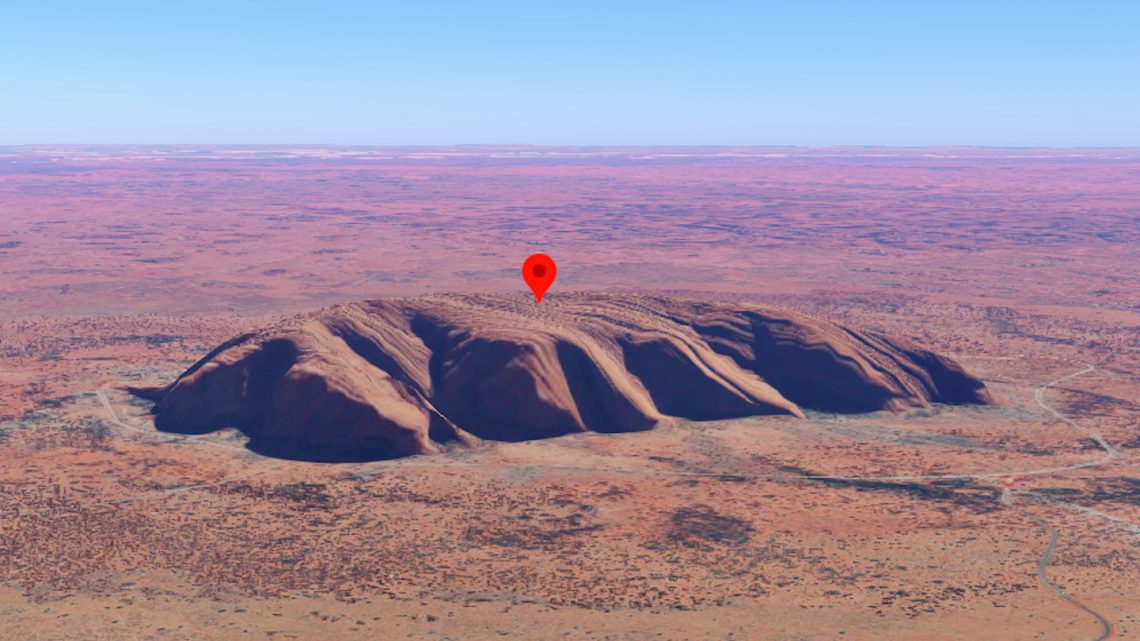
People Were Using Google Maps to ‘Climb’ Uluru. Now Google Has Stepped In
September 24, 2020Google Maps has removed images from the summit of Uluru, after Australia’s national parks body raised concerns over the fact that people were using street view to “walk” on top of the sacred Indigenous site.
Visitors were banned from physically climbing the rock in October 2019 out of respect for the wishes of Uluru’s traditional owners, the Aṉangu people, for whom it has spiritual significance. But until the afternoon of September 23, people could still use Google Maps’ street view function to take a virtual walking tour up the now-closed walking track to the top of the rock, where user-generated photos would give them 360-degree photos of the summit.
A spokesperson for Parks Australia told the ABC on Thursday that the government body had "alerted Google Australia to the user-generated images from the Uluru summit that have been posted on their mapping platform" and “requested that the content be immediately removed in accordance with the wishes of Aṉangu, Uluru's traditional owners, and the national park's Film and Photography Guidelines".
Hours later, a Google spokesperson told 9News that the images—which included photos of people celebrating atop the summit—had been taken down.
"We understand Uluru-Kata Tjuta National Park is deeply sacred to the Aṉangu people,” they said. “As soon as Parks Australia raised their concerns about this user contribution, we removed the imagery.”
Parks Australia’s decision to finally ban people from climbing Uluru was met with some resistance when it was announced in November 2017—despite the fact that the Aṉangu people had been asking people to refrain since at least 1985.
Twelve months after the announcement was made, the amount of visitors who insisted on climbing to the summit skyrocketed from between 50 to 140 people per day to between 300 to 500.
In the final days before the ban came into effect, hundreds of people queued up from before dawn to climb the sacred site. Workers have now removed the chain handhold, built in 1964, which assisted visitors in getting up and down the rock.
Follow Gavin on Twitter

